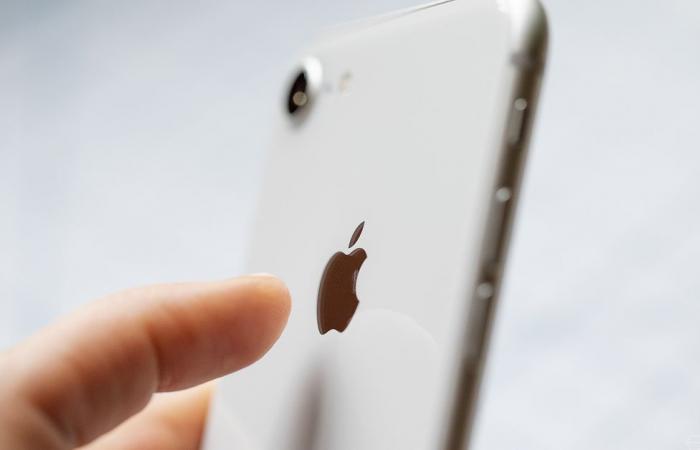Your iPhone got a new button last month, and you may not even have noticed it.
No, Apple didn’t sneak into your house and secretly stick a button on your smartphone. However, iOS 14 has been released, the latest version of its iPhone software that includes a feature called Back Tap. Back Tap adds an intriguing new button to your phone that blurs the line between hardware and software.
Tap back turns the entire back of your iPhone into one giant touch-sensitive button that you can double or triple tap to trigger certain functions on your phone. There’s a good chance you haven’t noticed yet. Apple has moved the Back settings to the Accessibility menu.
The intended purpose is to give users more options to interact with their devices. Most of Back Tap’s options reflect this, with settings to open the app switcher, the notifications menu, or the control center. scroll through an app or website; Trigger Siri; or take a screenshot.
But Back Tap is also part of Apple’s incredibly robust Shortcuts app, so you can do almost anything you can think of with these new buttons. It’s a fascinating type of button: completely invisible to the naked eye, completely inoperable until activated by software. However, it can open, interact, or perform almost any task on your smartphone with just a quick tap of the finger.
This software customization is key. One can easily imagine a world where Apple has limited Back Tap to a few preset options aimed at making the iPhone user interface more accessible. By opening up for shortcuts, the company turned Back Tap into a tool of limitless creativity that allowed users to find their own ways to use the new button on the back of their devices.
(It’s not just Apple. Google has been experimenting with a similar, albeit more limited, feature for Android 11, though it didn’t make the final cut. Some enterprising developers have replicated the feature for every Android device since then.)
This is also a level of control that is almost unknown to iOS devices. Imagine if Apple lets you remap the side button (for Siri and Apple Pay) on an iPhone 12, for example to start the Google Assistant or to send a preset text message to your partner. That is practically unthinkable.
It works fine too. The software is responsive and whatever Apple does to distinguish between deliberately typing and periodically holding your phone, it works fine. I found it particularly useful for triggering the Control Center and quickly toggling system settings.
Tap Back uses the existing sensors and hardware on your iPhone with software to create a new hardware interaction that was previously unavailable. It’s a new physical button that users can interact with – but one that is almost entirely free of Apple’s limitations.
Physical buttons are of course the most direct form of interaction. This is why Samsung insists on a bespoke Bixby button and Netflix pays for a seat on your Roku remote. And while Apple may not be entirely ready to give up control of your iPhone’s physical buttons, Back Tap – with its Fast button – is the next best thing.
These were the details of the news Apple added a secret button to your iPhone that you may... for this day. We hope that we have succeeded by giving you the full details and information. To follow all our news, you can subscribe to the alerts system or to one of our different systems to provide you with all that is new.
It is also worth noting that the original news has been published and is available at de24.news and the editorial team at AlKhaleej Today has confirmed it and it has been modified, and it may have been completely transferred or quoted from it and you can read and follow this news from its main source.


